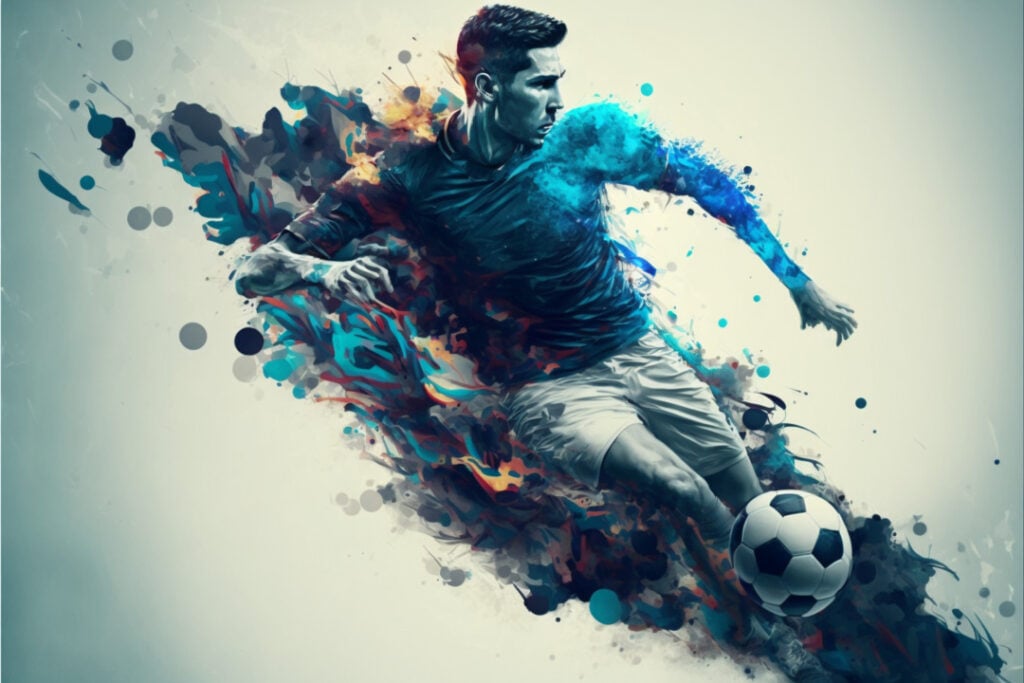You don’t make future stars on hype; you make them on sweat, structure, and ruthless accuracy. A world-class soccer academy is not a training camp. It is a living and breathing machine in which raw talent is transformed into elite athletes. It is all about the details: who coaches, who scouts, and the evolution of the players. There is a system that made every world-class player ruthless.
Expert Coaching Staff
The best players are not born, they are made by coaches who have been through the grind and know it. An actual academy does not stop at generic drills or used tactics. It employs individuals who have experienced the game, including UEFA-licensed experts, biomechanics specialists, nutritionists, and even experts in game psychology. Coaches do not only teach; they are day-to-day designers of the path of every player.
However, it is not just technical skill alone; they must also communicate effectively, encourage others, and establish a rapport with them. A 15-year-old striker does not care how many badges you have unless you can open their mindset. Much like in basketball betting, where reading the game and adjusting in real-time matters, coaches should personalise feedback, monitor performance compulsively, and understand when to drive or defend. The personnel are the heart of the academy, and when it is mediocre, the entire operation fails.
Comprehensive Talent Scouting
Scouting does not only mean finding a good dribble or a good shot. The reading before it shouts it. Elite academies have tiered scouting programs that identify young talent before the competition snaps it up. This is what distinguishes intelligent scouting and blind predictions:
- Local micro-scouting: scouting eyes on small-town tournaments and school leagues where talent is frequently concealed.
- Data-driven profiling: evaluating the trends of physical development, history of injuries, and cognitive response time.
- Behavioral observation: the response of a kid to pressure, frustration, and team dynamics
Scouting is a war for tomorrow. Win it at the beginning, and you dictate the next day’s scoreboard.
Player Development Infrastructure
Elite athletes do not come about by throwing cones on a field. Creating future stars implies designing all aspects of their world, including biomechanics labs and tactical feedback loops. Such a system—much like online casino PH, where outcomes rely on real-time analytics and precision—is built for daily monitoring, measurement, and talent development. It’s a reminder that real progress comes from structure and support—when young athletes have access to the right tools, guidance, and feedback, their potential turns into real results.
State-of-the-Art Facilities
The best academies not only possess fields but also ecosystems. Players practice on hybrid grass fields that are identical to those found in elite professional stadiums. Everything is tracked: sessions are GPS-tracked, heart rate is monitored, and hydration levels are also tracked. The gym? With all the necessary equipment to train explosive strength, and performance scientists watching.
Recovery areas are as important as exercise areas: cryotherapy chambers, altitude rooms, and hydro pools. Sleep pods monitor sleep patterns. Meal plans constructed in nutrition labs are down to the gram. It is all created to do one thing, and that is to help a teenager compete as an adult.
Personalized Training Programs
A top-quality academy does not provide the same training routine to everyone. Every player has their blueprint. Their position, growth stage, and history of injuries determine the physical training. A 16-year-old winger receives speed training and hip mobility exercises. A keeper will obtain core strength and reaction-time exercises.
Psychological load extends beyond the gym for coaches. Players are taught how to manage stress, make decisions, and even breathe effectively under pressure. Video analysis analyzes the movement frame by frame. Growth, in this case, is by no means a matter of guesswork; it is a science experiment every day.
Education and Life Skills Training
A soccer school that does not teach soccer beyond the field creates players who can dribble but cannot execute the game’s fundamental skills. Elite programs teach children to be individuals, not just athletes. Education is not an aside in the program. Math and grammar are not the only subjects; there are also financial literacy, digital hygiene, and managing public attention. Players are taught how to communicate effectively in interviews, negotiate contracts, and cope with failure without succumbing to it.
Mental support is not extra; it is inbuilt. Performance coaches collaborate with psychologists to help players manage pressure, identity, and uncertainty. Without this stratum, you have burnout, not brilliance. An aspiring star must be emotionally intelligent, not just tactically intelligent. The academy influences that balance right from the first day.
Global Partnerships and Exposure
A player who is trapped in the league does not see the world. Elite schools create the global pipelines through international tours, tournaments, and club partnerships. Such networks introduce young talent to new styles, increased intensity, and cultural flexibility, which are essential for careers that extend beyond hometown stadiums to encompass the entire continent. It’s the way future pros go street smart.

Frankie Wilde – is a content writer at various gambling sites. Also, he is a passionate traveler and a great cook. Frankie shares informative articles with the world.




![‘Jay Kelly’ Review – Noah Baumbach Makes A Case For The Magic Of Movie Stardom [NYFF 2025] ‘Jay Kelly’ Review – Noah Baumbach Makes A Case For The Magic Of Movie Stardom [NYFF 2025]](https://cdn.geekvibesnation.com/wp-media-folder-geek-vibes-nation/wp-content/uploads/2025/11/Jay-Kelly-JKELLY_20240523_15320_C2_R-300x180.jpg)

